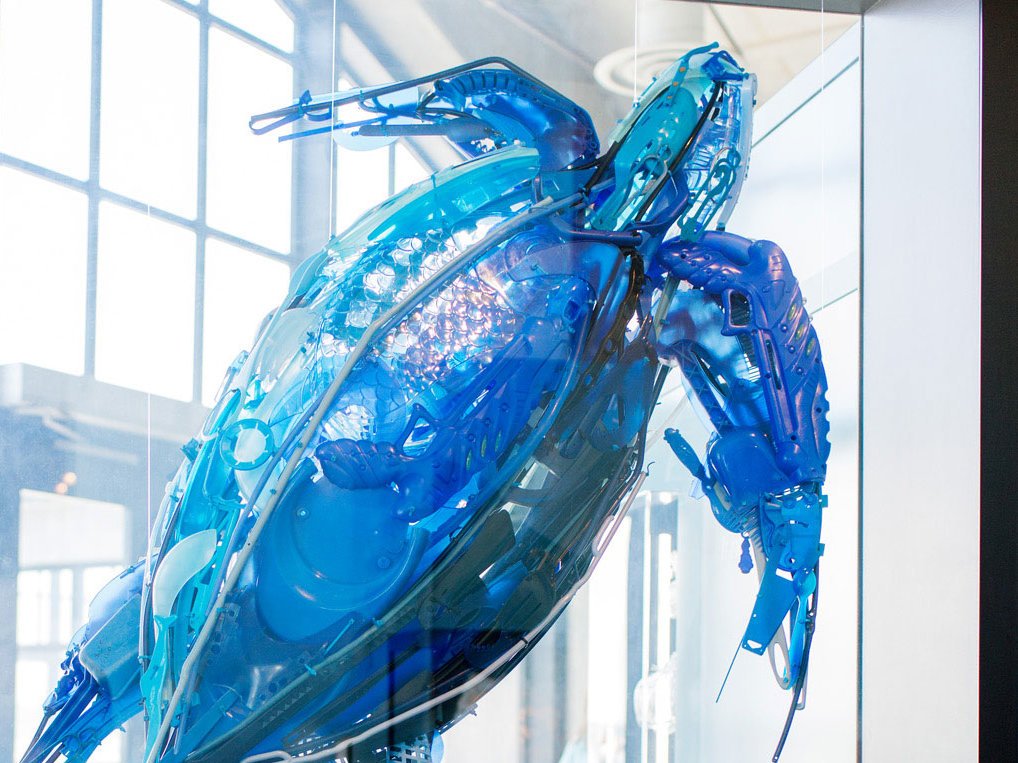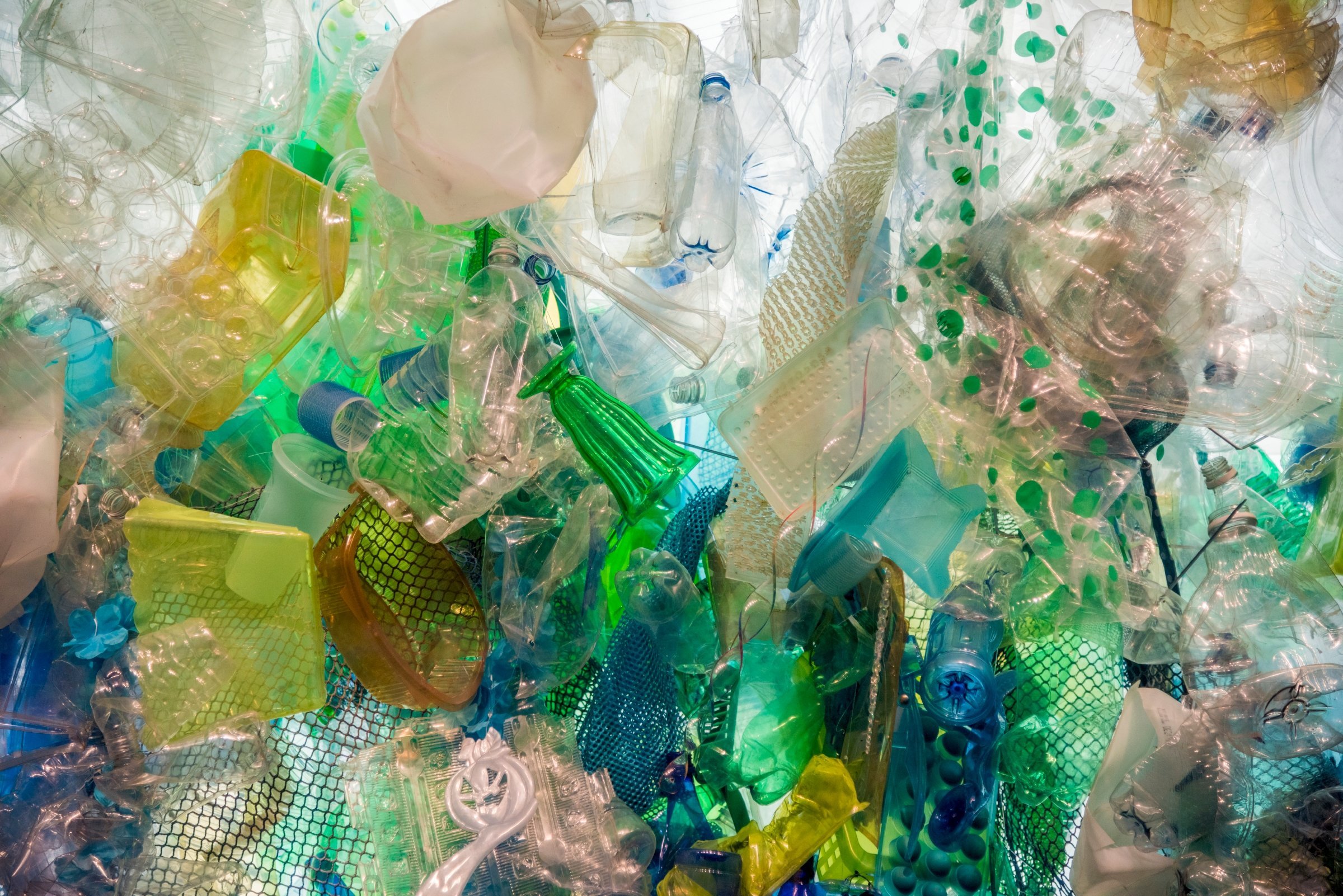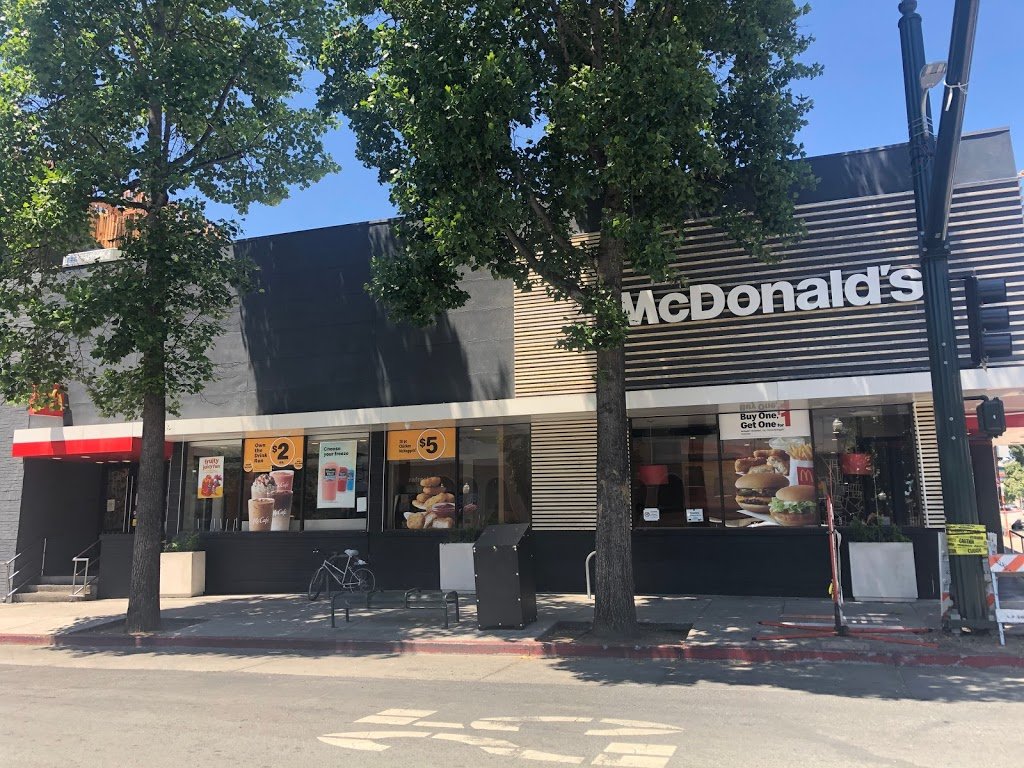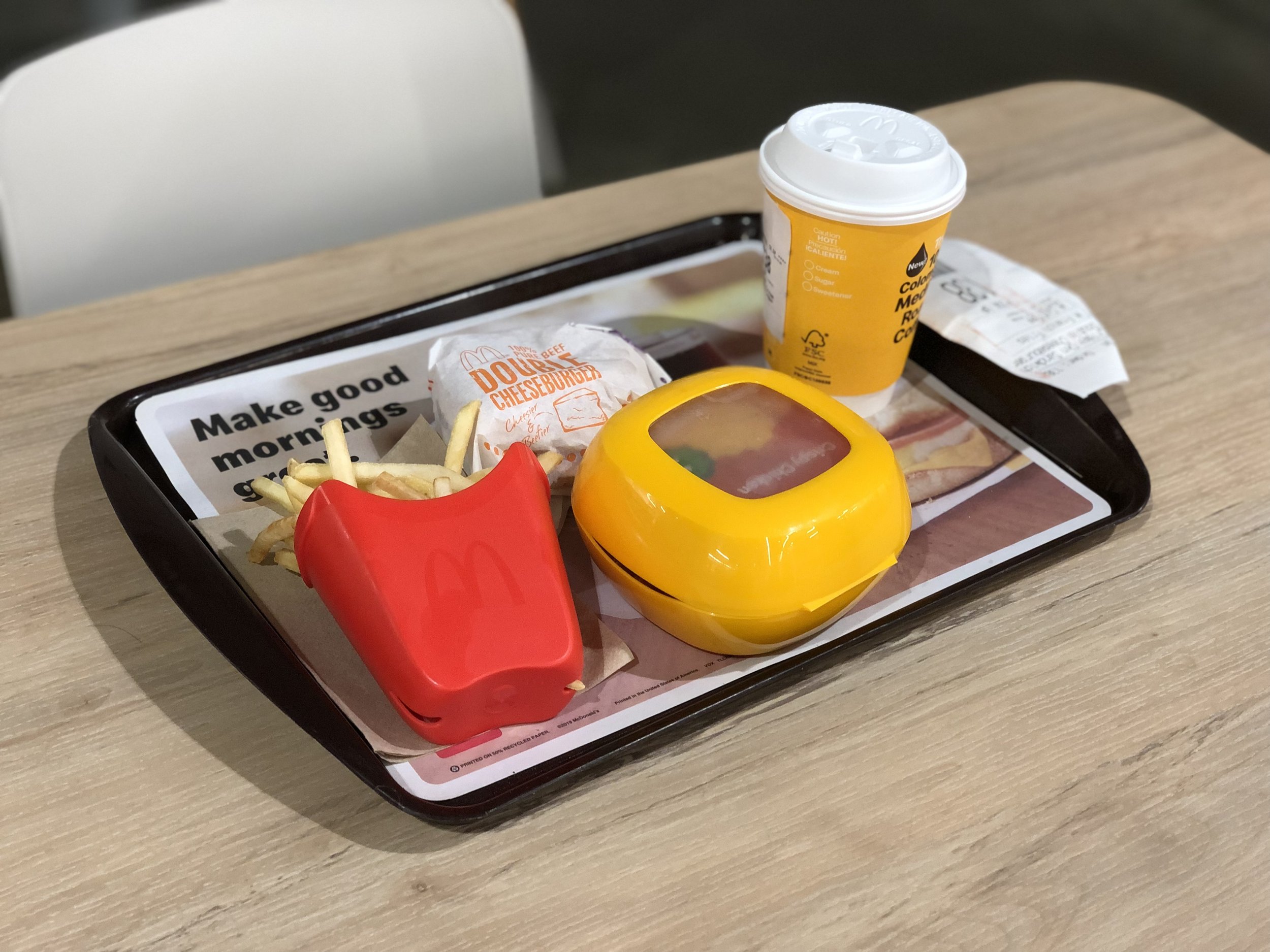Bringing Reuse for On–Site Dining into Reach
Upstream Connects Food Service Businesses with Resources for Success
How often do you go for a walk or a drive in your local community and encounter litter strewn about in the environment?
For almost anyone, the answer to this question would be practically every day. Trash pollutes city streets, waterways, parks, and natural ecosystems – all at a cost to people and the planet.
It’s clear by now that disposables don’t make any sense. But really – they literally don’t make dollars or cents. This remains true for restaurants and food service operations when people dine in.
Let’s take a look at why this is and how Upstream is helping transform the food service sector from a disposable nightmare to a real and reusable future.
The Reuse for Dining Vision Brought to Life
A few ago, the Monterey Bay Aquarium finished a complete makeover of its concessions area to get rid of all the single-use disposable foodware.
What drove the aquarium to make these changes? In short, they realized that they had a plastics problem.
After launching an exhibit on plastic pollution, people quickly pointed out that Monterey Bay’s concessions were full of plastic. So they got to work and partnered with their contracted food service provider to remove not just the single-use plastic, but all the other single-use stuff, too.
All the disposable foodware was replaced by real plates, cups and cutlery. Soda fountains and condiment dispensers replaced single-use products. The aquarium supplied reusable take-out containers for staff working down the street at their research facility. They didn’t have disposable coffee stirrers, just a clean spoons jar and a dirty spoons jar.
Even though Monterey Bay Aquarium made all these incredible changes, they didn’t connect them with the plastic pollution exhibit down the hall. There were no signs, displays, or table tents talking about what they had done, why they had done it, and why it was awesome. It seemed like a missed opportunity.
Exploring the Financial Impact of Reuse in Food Service
At the same time, Upstream was evaluating data from a project by Clean Water Action. The project was called ReThink Disposable, a technical assistance program to help restaurants and other food service businesses shift from single-use to reuse in the Bay Area.
Clean Water Action had a theory that these businesses would save money by making the shift from single-use to reuse. But there was one main problem: they didn’t have any data. So, they launched ReThink Disposable to get this data.
And as expected, the project showed that every single participating business saved money by shifting from single-use to reuse.
Quantifying the Benefits of Reuse
Later on, Upstream had an idea:
What if we could partner with food service operators to quantify both the environmental benefits of shifting from single-use to reuse AND the cost savings and return on investment?
And what if we could use that data to tell success stories and inspire more companies to follow suit – the part that Monterey Bay Aquarium missed? What would we need to scale and reach foodservice businesses nationwide?
From our experience, we understood that there were at least three big barriers for foodservice businesses in making the shift to reuse:
The widespread (and unsupported) perception that single-use is cheaper.
Some businesses might want to make changes, but they don’t have a standardized way to show the environmental and economic impact and benefits of shifting to reuse—or the capacity and know-how to implement the changes.
The restaurant industry is fast-moving and often low-margin, and change is hard when you’re focused on keeping the business afloat.
Building Solutions to the Barriers Against Reuse
Upstream wanted to help overcome the “change is hard” problem food service operators were facing. So, we set out to solve for the first two by dismantling the perception that single-use is cheaper and by creating standardized ways to quantify benefits of shifting to reuse.
Standardized Solutions with Software & Experienced Assistance
We knew how labor intensive technical assistance was with restaurants, and we wondered if – with the right partners – a software solution would allow for faster scaling.
So we set out to build a software solution with a collaboration and learning platform. We’ve been building that software with input from some of the largest food service companies in the world. And we are building the team that can help implement the change, using the findings from the software.
Perception Change with Public Policy and Community Networks
Upstream also started thinking about how public policy can help accelerate the transition to reuse. We decided to create policies that could drive out disposables for on-site dining and help create new infrastructure for take-out and delivery, which we compiled in our Reuse Policy Playbook.
Tapping into Reuse Community Networks to Grow Impact
In order to get these policies passed, we recognized that community groups and activists were the key.
So, we tapped into existing zero waste, recycling, and plastic pollution coalitions and networks around the country. Many of these groups had passed plastic bag bans or helped their city develop zero-waste plans, and they were looking for the next big thing to focus on.
We offered these networks an opportunity to connect with a new community of groups just like theirs, including access to model policies, action toolkits, media and marketing resources. They also got an online learning platform with regular support meetings to help pass reuse policies and build out community reuse infrastructure.
There are now 22 city reuse coalitions and growing throughout the country. Collectively, these coalitions have helped pass more than 95 ordinances impacting almost 20% of the population across the US and Canada.
Continuing the Momentum of Change in Fast Food
And it’s having an impact. If you go to McDonald’s in Berkeley, California, where our Disposable-Free Dining ordinance was first passed, you’ll get your soda in a real cup, be served fries and burgers in reusables, and eat with real cutlery.
Major fast food chains need to comply – both economically and environmentally – with the increasing amount of ordinances being passed. Our conversations with some of these major fast food businesses found these compliance requirements are driving change throughout their companies. And we’re helping them figure out how to move forward with reuse solutions.
Understanding that 30% of fast food chain customers dine in, hundreds of millions of disposable products could be avoided each year in the United States by shifting from single-use to reuse.
“Hundreds of millions of disposable products could be avoided each year in the United States by shifting from single-use to reuse.”
The Road to a World Without Waste
We believe that we can disrupt the food service sector and eliminate disposables for on-site dining across the country. We’ve seen what is possible when we provide solutions to the largest barriers holding reuse back. And we want to tell those success stories to inspire more businesses to adopt reuse.
By encouraging more reuse coalitions, passing more disposable-free dining policies, and helping big companies prove the environmental and economic benefits of shifting from single-use to reuse, we can ensure a future where (hopefully very soon) we can take a walk in our communities without all the waste.





